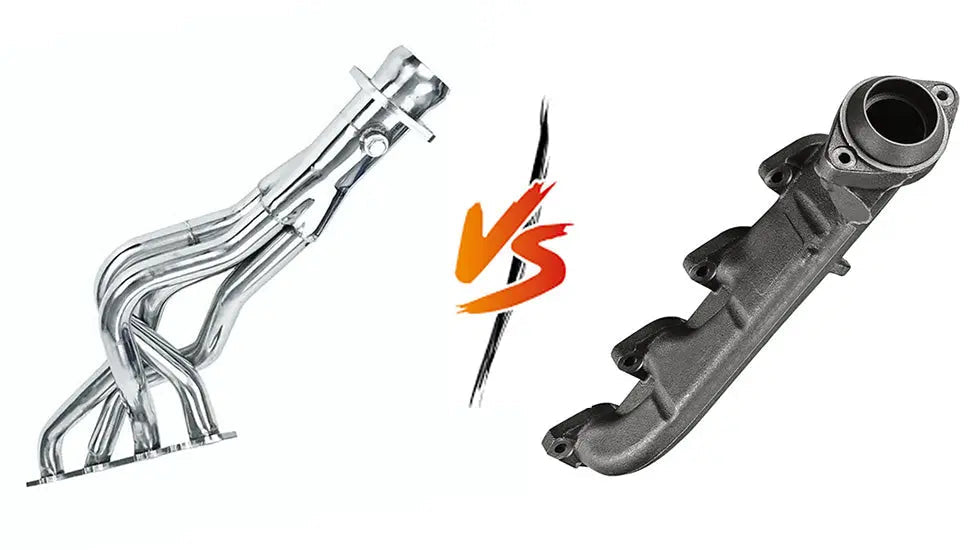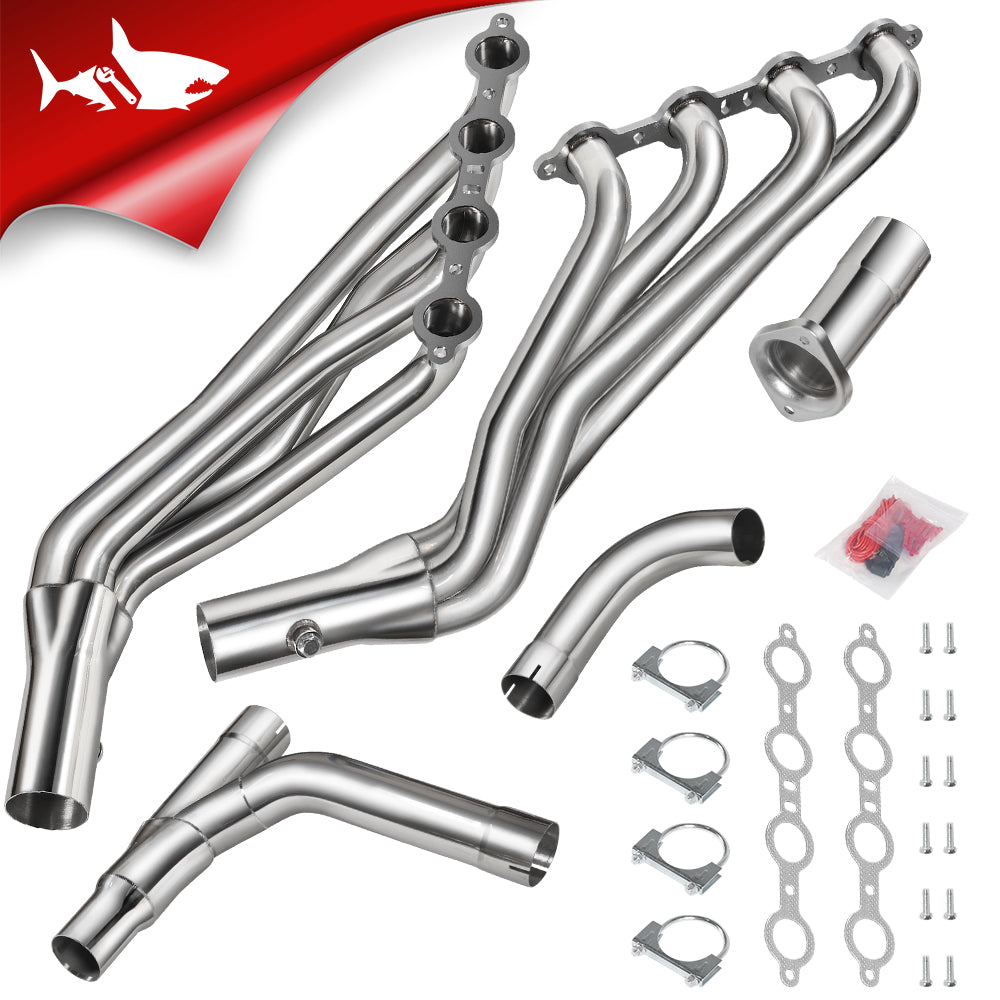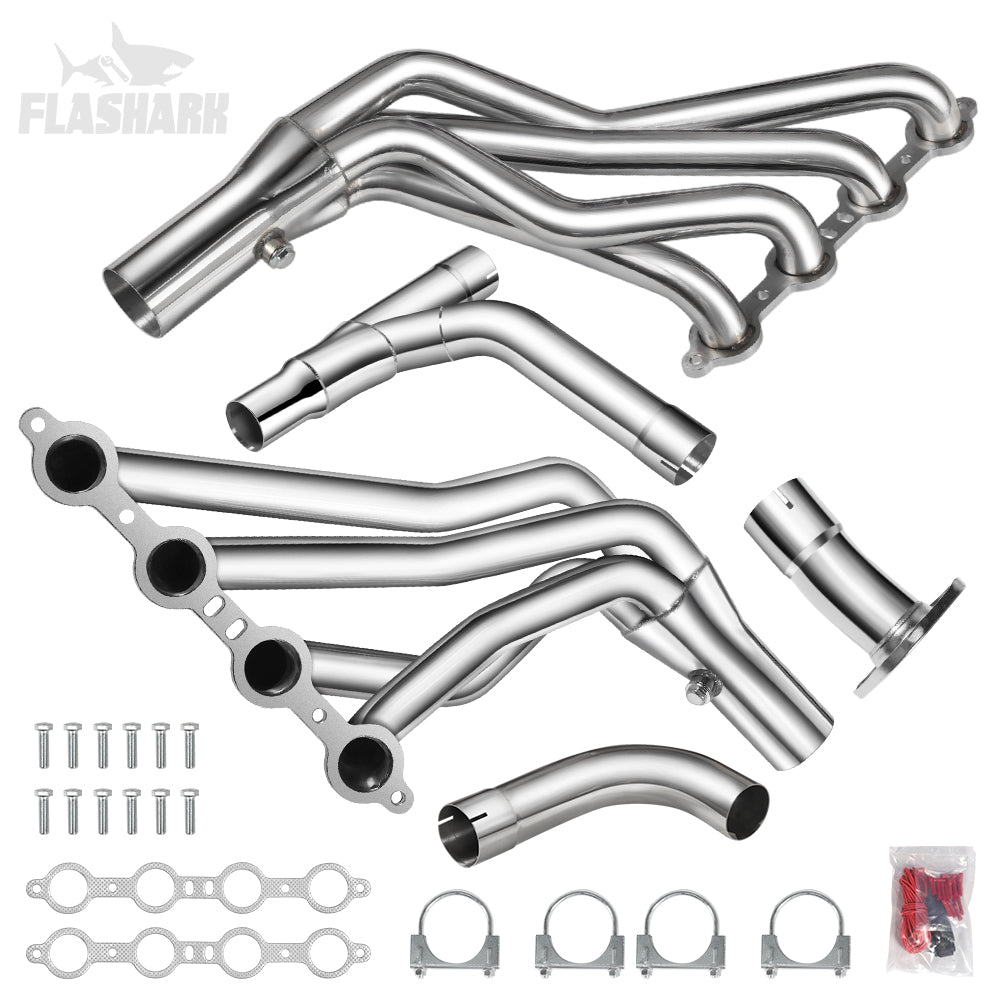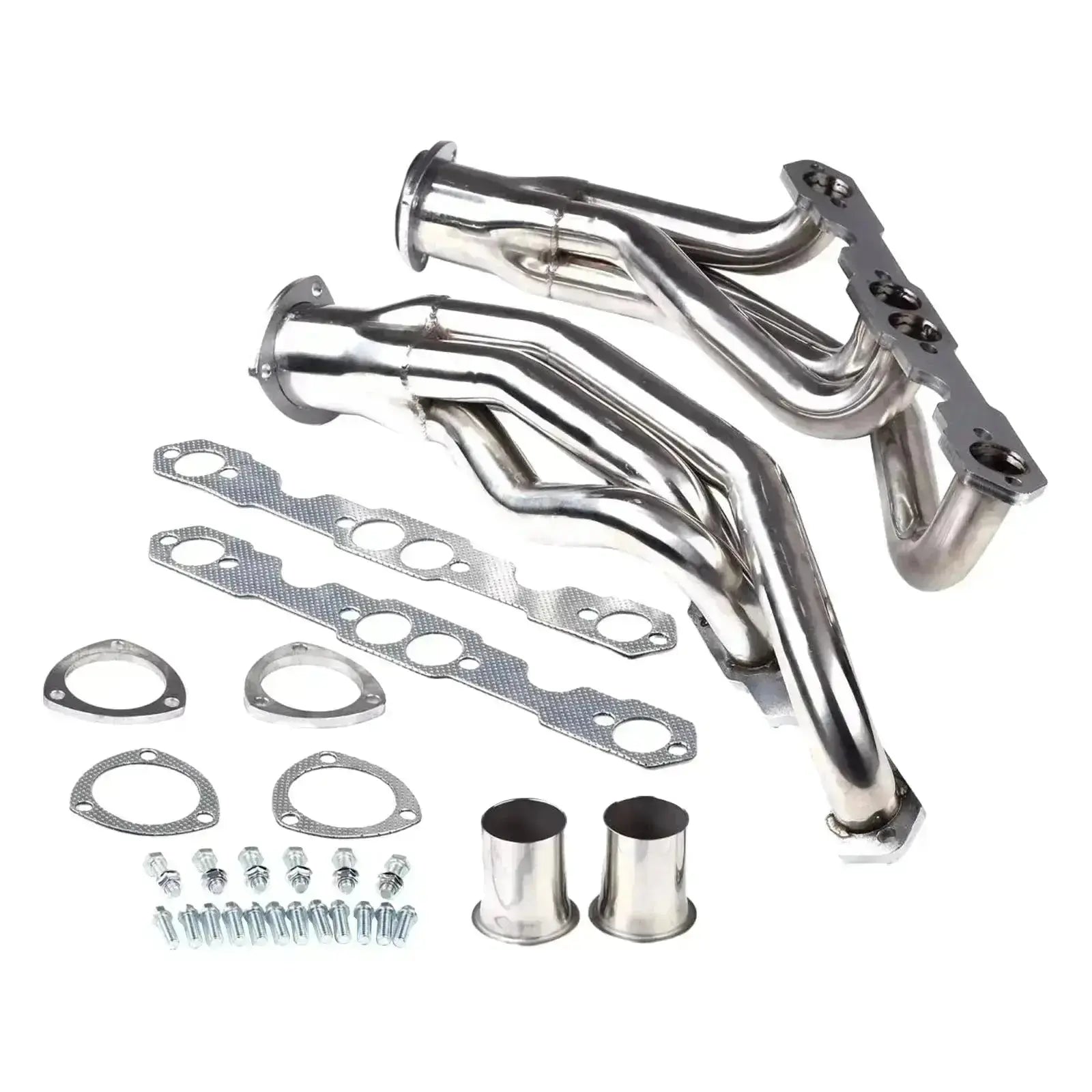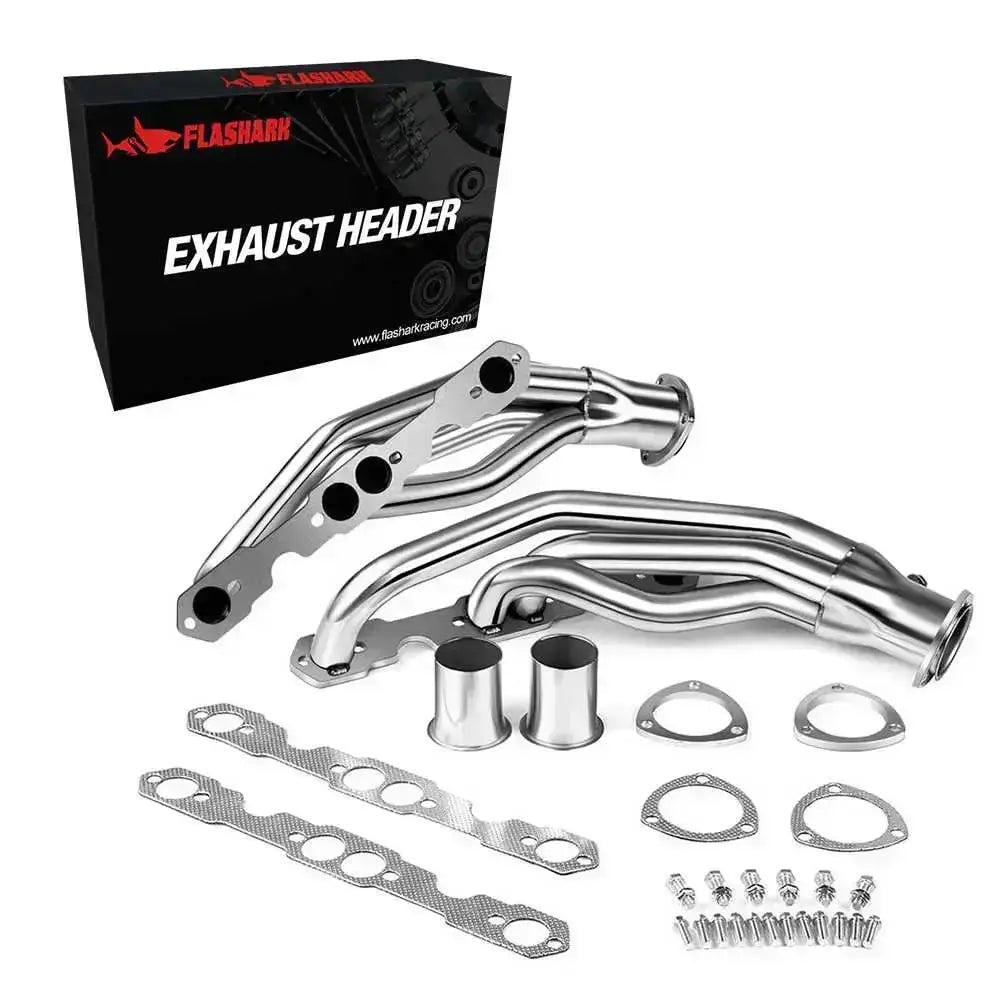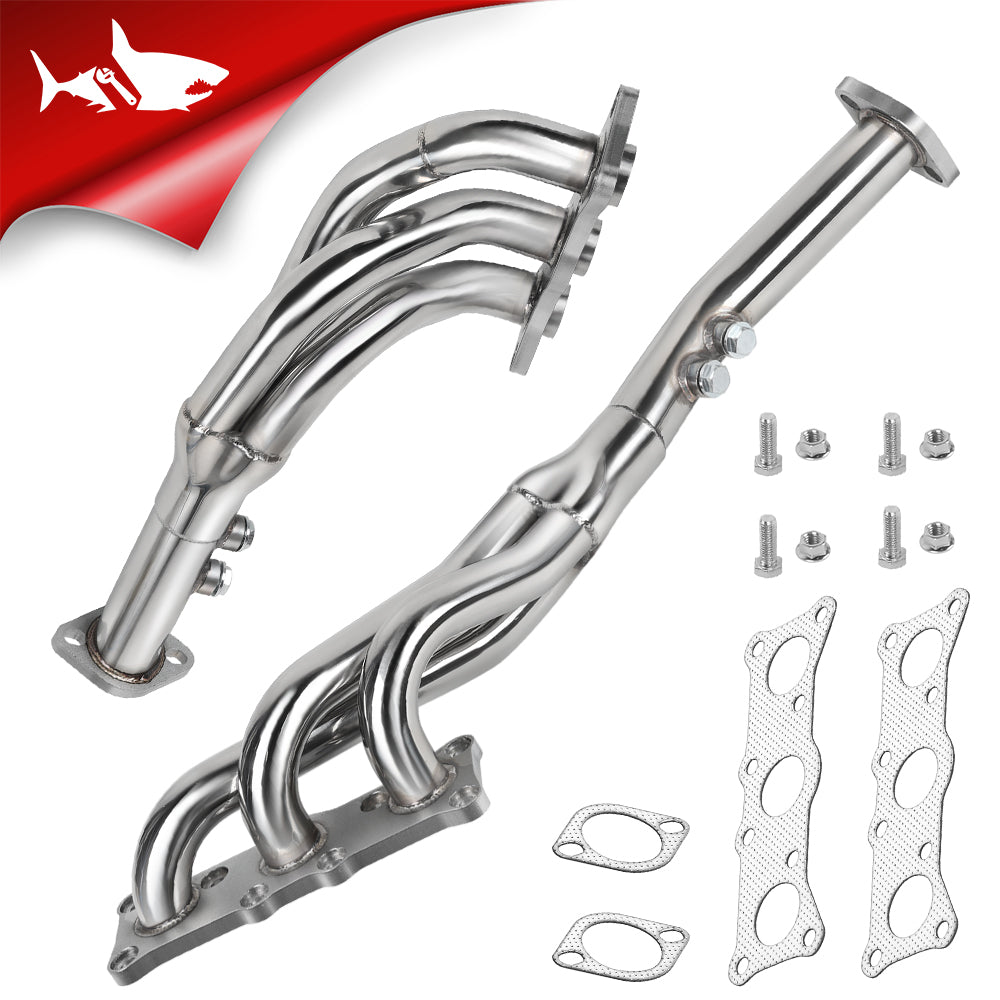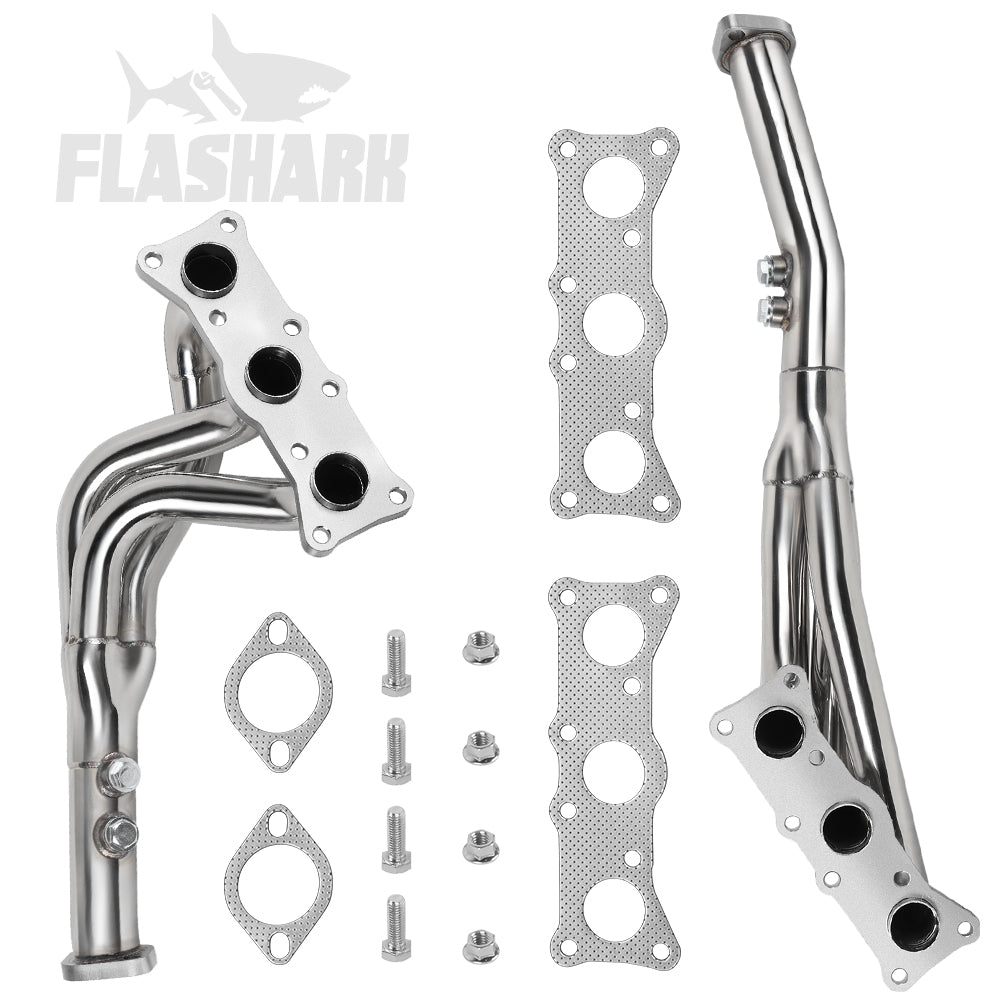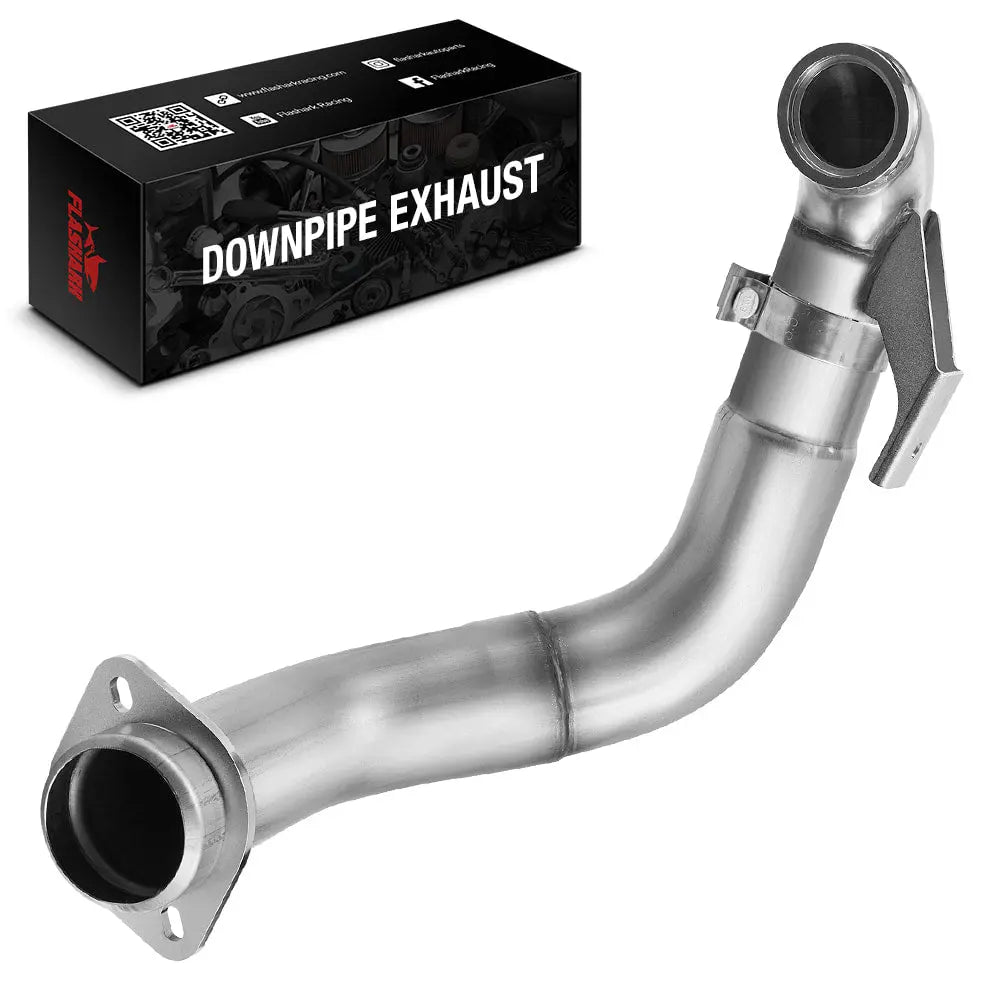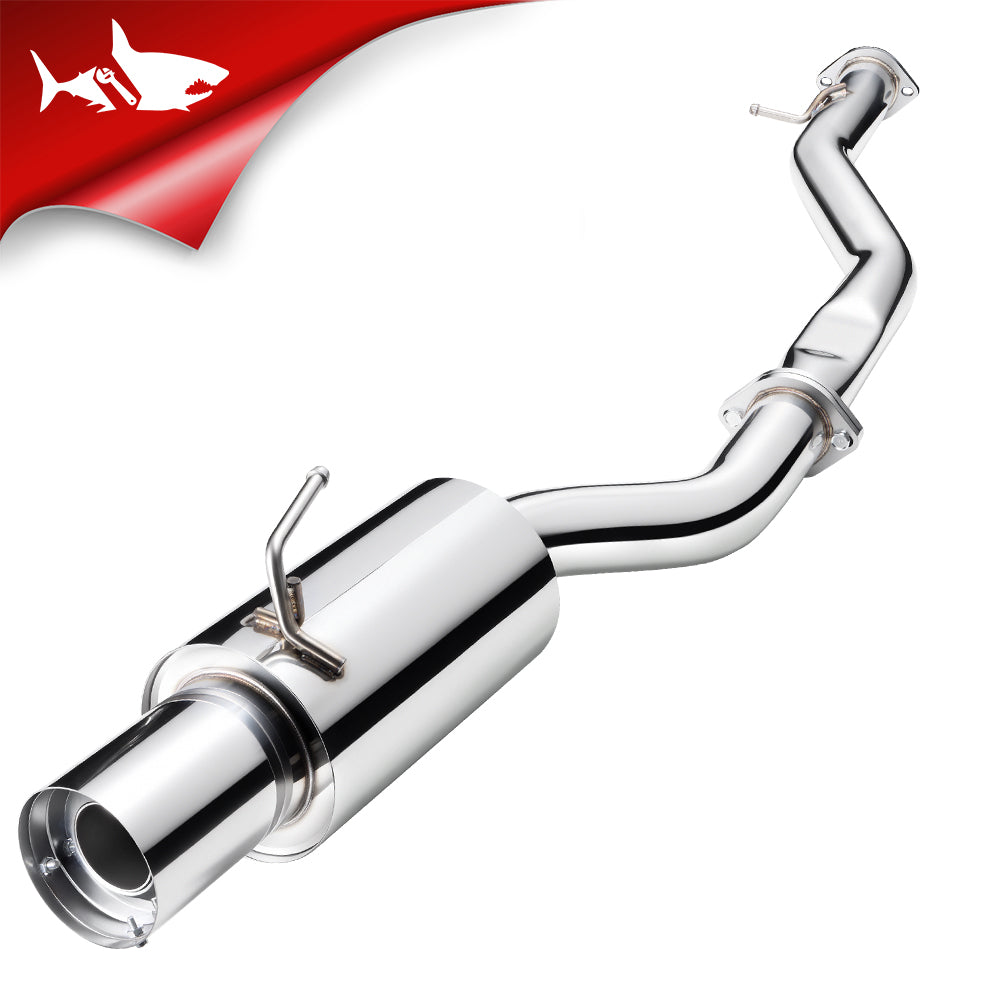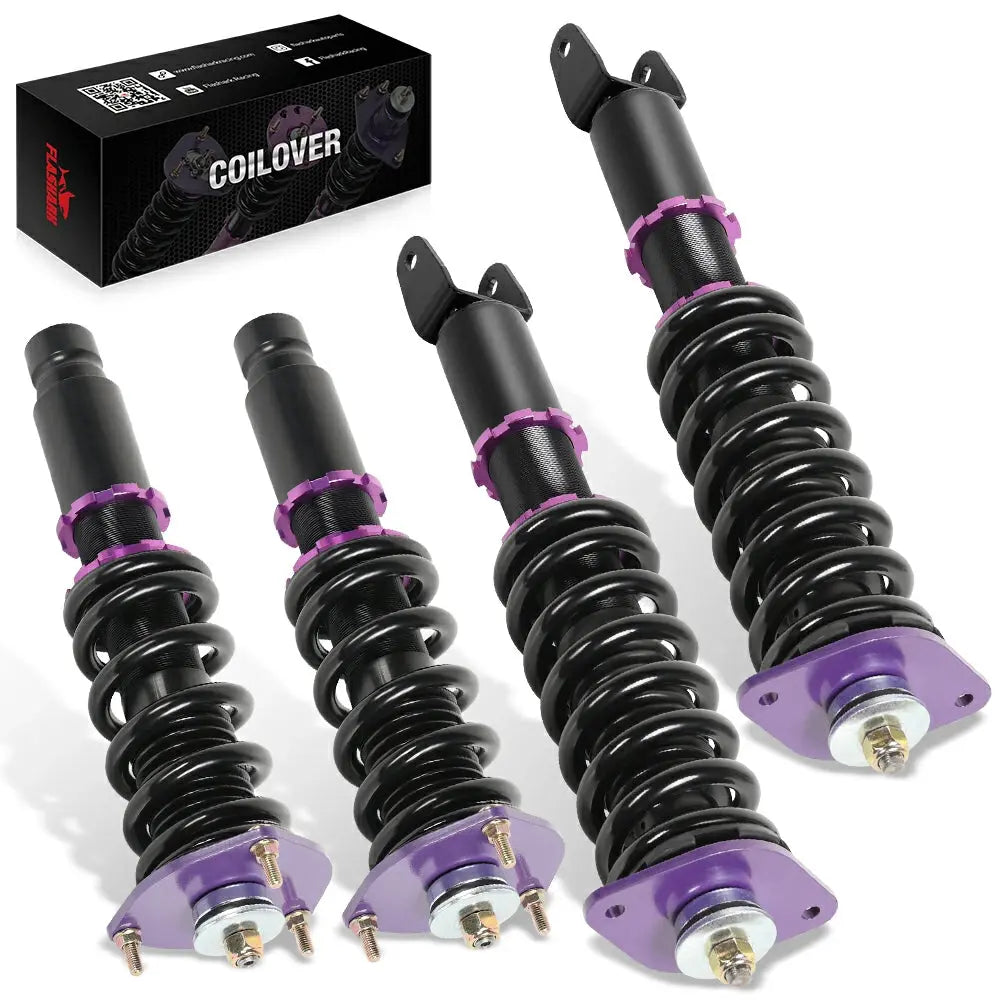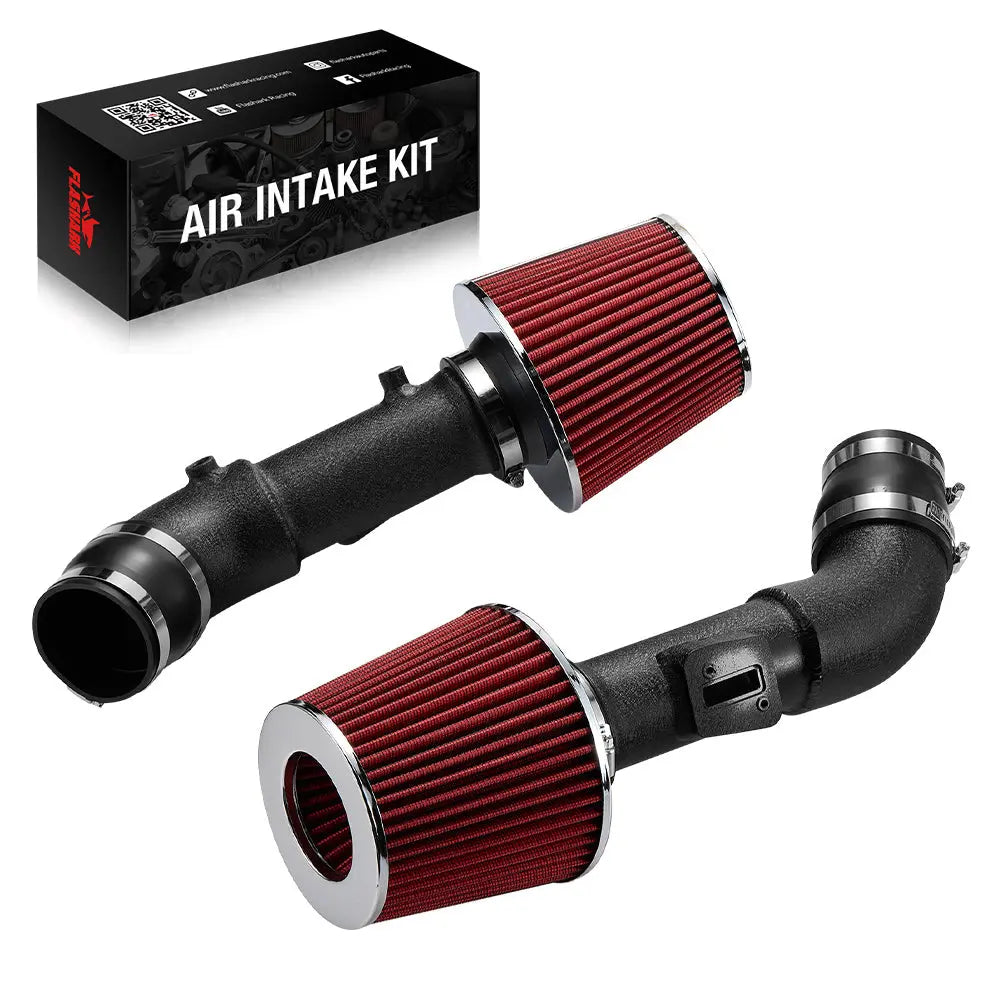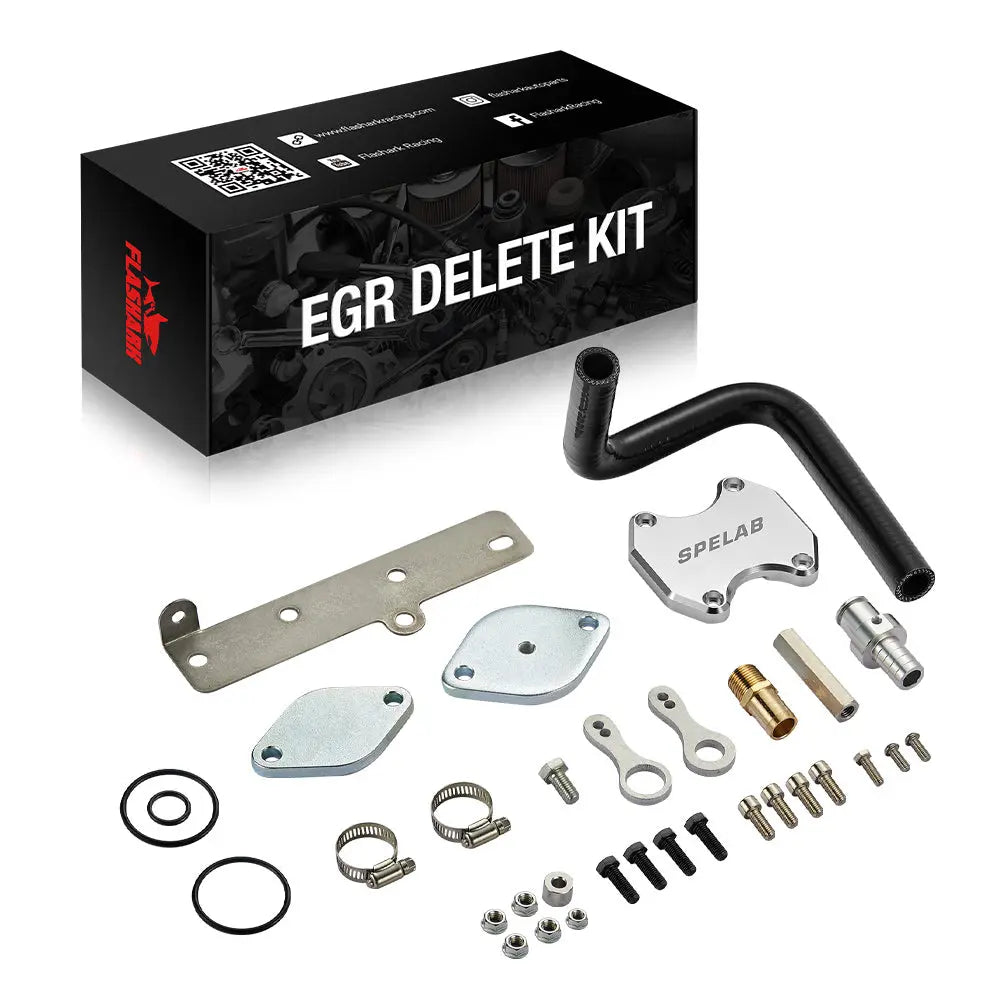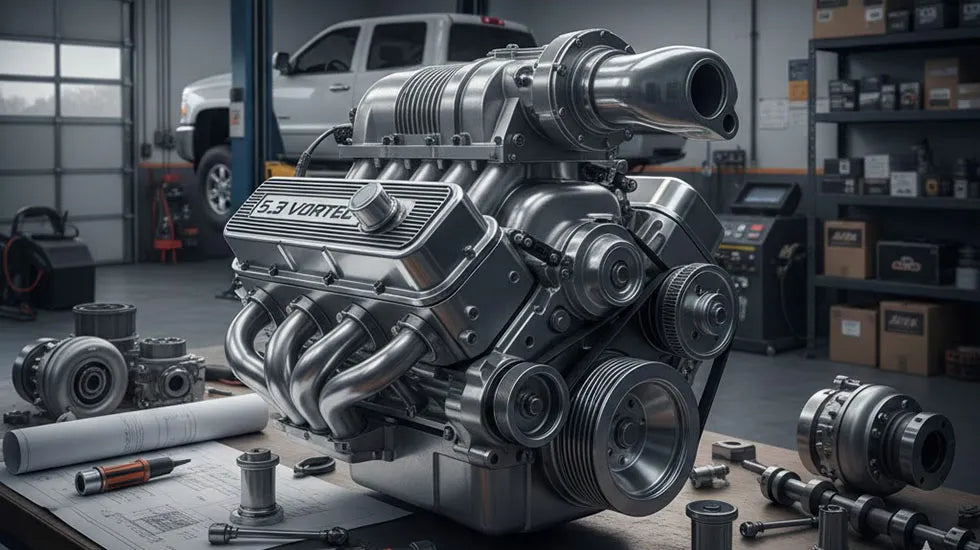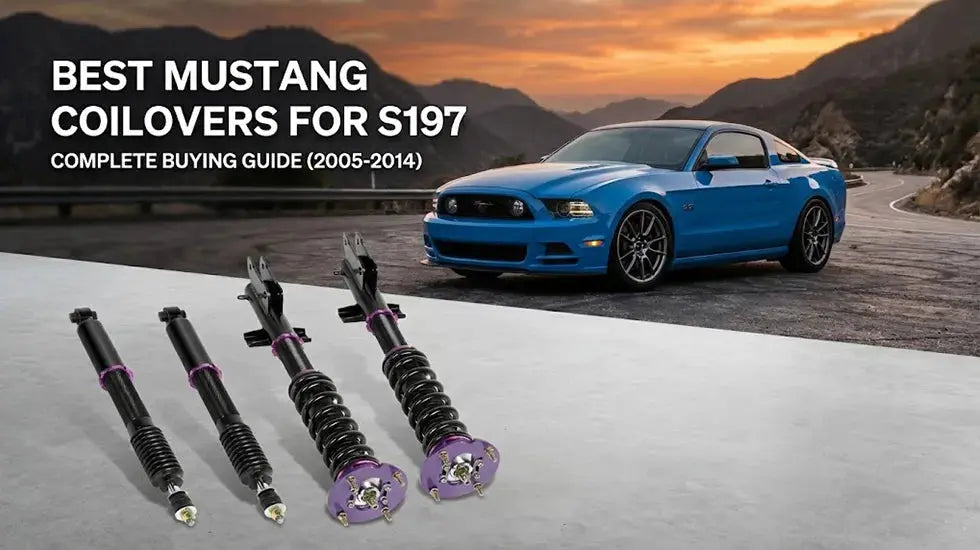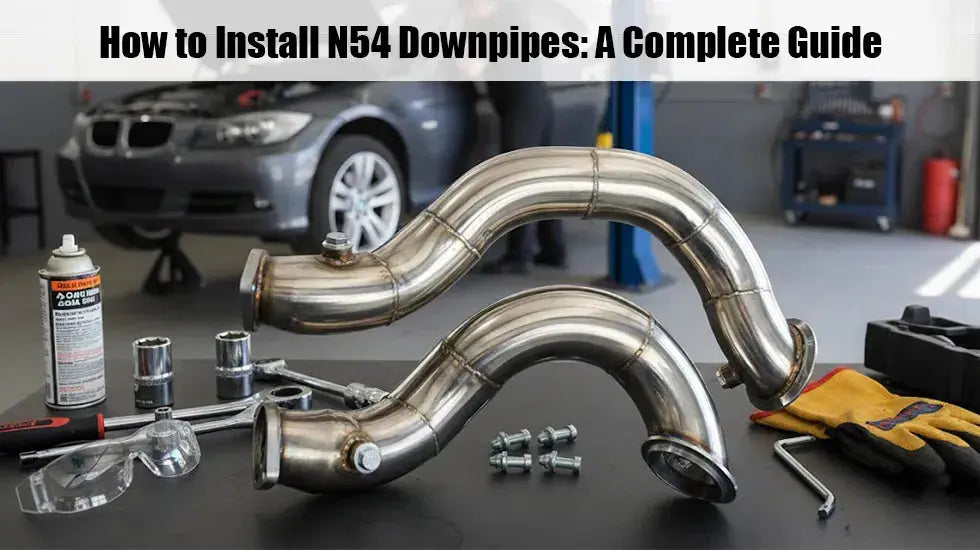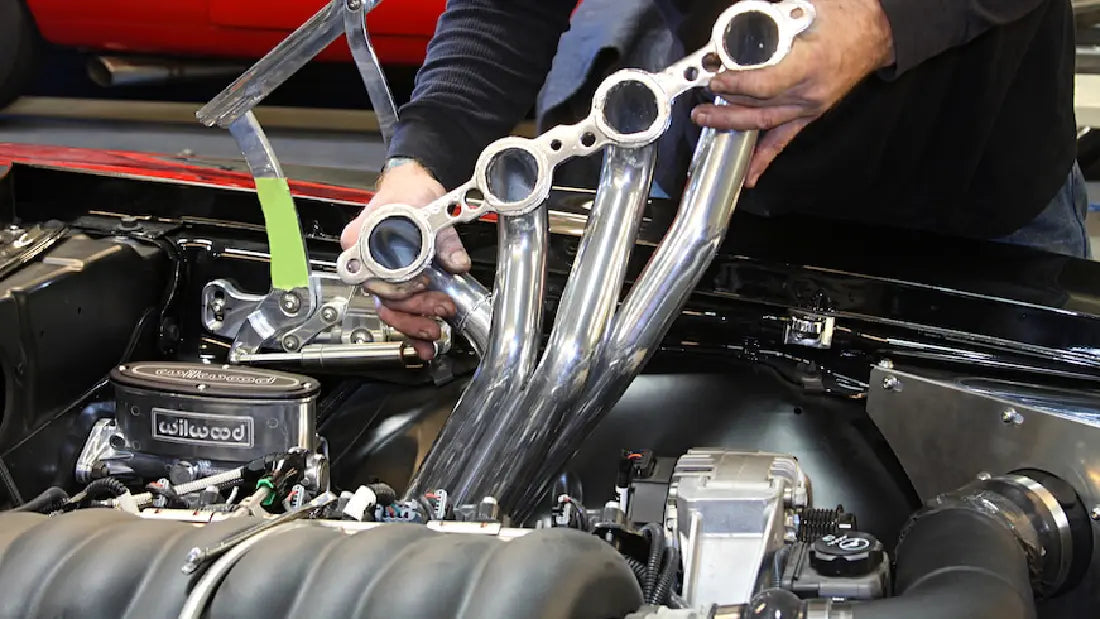How many of you can differentiate oranges from tangerines (mandarin orange)? Unless you’re a fruit specialist or someone who works in the fruit industry, you won’t be able to distinguish between these two citric fruits.
The same goes for exhaust manifolds vs headers. These two parts of an exhaust system look so alike that most car owners can’t tell the difference at first glance.
Generally speaking, headers and manifolds serve the same purpose at a basic level, so the terms are often used interchangeably. While they both serve the same purpose, they differ in many ways, such as design, material, and functionality.
In this blog, we will discuss the key differences between an exhaust manifold and an exhaust header.
What is an Exhaust Manifold?
An exhaust manifold is a heat-resistant tube located at the starting point of an exhaust system. It collects exhaust gases from a vehicle's engine cylinders and directs them to the exhaust pipe. It is typically made from thick iron or steel and features short inlets of different lengths.

Depending on the type of engine used in a vehicle, the manifolds can be more than one. For example, vehicles with the “V” or flat engines usually have two manifolds, whereas inline and straight engines have one manifold.
Most production vehicles have exhaust manifolds, rather than headers because they are inexpensive, easy to install, and capable of withstanding the high heat and pressure associated with exhaust gasses. They are ideal for everyday driving conditions where efficiency and longevity take priority over speed and power.
What are Headers?
Exhaust headers work the same way as manifolds. They collect exhaust gases from the engine and pass them to the rest of the exhaust system. However, unlike manifolds that have a thick wall, the headers are made of stainless steel tubing with thin walls that allow the exhaust gases to move quickly and more freely.

Exhaust manifolds are made of heavy cast iron or stainless steel and have a thick construction to combat cracking. This thick construction leads to smaller and more restrictive passages for exhaust gases to pass through. This slows down gasses, creating backpressure and reducing engine performance.
The whole purpose of an exhaust header is to combat this specific problem. Unlike traditional manifolds, headers have individual pipes that connect directly to each exhaust port on the engine. This allows exhaust gases to flow more freely, reducing backpressure and improving engine power and torque.
Exhaust headers are mainly used in performance vehicles. Also, they are common aftermarket modifications among enthusiasts who modify their vehicles to improve performance and sound.
Key Differences between Exhaust Manifolds and Headers
If we break down the key points between the two, the most noticeable differences are in heat, emission, performance, sound, weight, and construction.
Performance
A vehicle with an exhaust header will have better performance than a vehicle with an exhaust manifold. A high-quality exhaust header can increase engine power by 5-10% depending on the car’s factory state of tune. For example, the FLASHARK Exhaust Header for the 1988-1997 Chevy can add up to 8-20 Horsepower to your Chevrolet.
Sound
The exhaust header produces a louder sound compared to the exhaust manifold. If you love drifting, you will surely appreciate the sound but your neighbors might not. So, in terms of sound, it comes with both pros and cons.
Weight
Exhaust headers are usually made of Stainless Steel, which is lighter, more durable, and rust-resistant. Exhaust manifolds are made of thick cast iron, heavier than stainless steel. The weight plays a big role in overall performance as it helps improve handling and feel more agile.
Emissions
The reason why most car manufacturing companies use exhaust manifolds is that they meet international emission standards. The exhaust manifold restricts exhaust flow and keeps the engine at factory spec fuel/air ratio. You don’t have to worry about passing the smog test. On the other hand, exhaust headers don’t restrict exhaust and hence produce more emissions.
Construction
Exhaust manifolds feature shorter inlets, sometimes of varying lengths, which limit the amount of air they can distribute to the engine cylinders. Meanwhile, headers have long, thin inlets made of stainless steel tubing of uniform size. This allows for more airflow in the engine, which means more powerful fuel combustion.
Performance Impact of Headers
Exhaust headers can enhance engine performance by reducing back pressure. Backpressure occurs when exhaust gases encounter resistance as they flow through the exhaust system. A header is designed in such as way that it allows the exhaust gases to flow more freely, reducing back pressure.
Reducing backpressure helps improve throttle response by allowing the engine to accelerate more quickly when the throttle is opened. Furthermore, the combined effects of reduced backpressure and enhanced throttle result in increased power and torque output.
You may also see a slight improvement in fuel economy. Since the engine doesn’t have to work hard to push out exhaust gasses, it runs more efficiently. Nevertheless, header performance gains can be affected by factors like engine design, header design, and exhaust system components.
When to Choose Headers over Manifolds
Getting an exhaust upgrade depends on your needs. If you think your car could do better with some mods, exhaust upgrades like headers are a good option to start with. Here are a few situations where an exhaust header would be a better choice than a manifold.
- Performance Upgrades - If you’re looking to increase the overall performance of your vehicle without worrying about cost, an exhaust header is for you.
- Racing - If you’re into racing or other high-performance driving, you should definitely go for headers.
- Custom Builds - If you’re building a car from scratch or significantly modifying your vehicle engine, headers could be a better option. Their availability in various sizes and materials makes them easier to tailor to specific engine configurations and driving needs.
- Off-Road Vehicles - If you own an off-road vehicle, upgrading your exhaust manifold to a header can make driving easy in challenging terrain.
- Aggressive Exhaust Sound - If you prefer a louder and more aggressive exhaust sound, headers are often the preferred choice.
Where to Find Quality Exhaust Manifolds and Headers
Whether you opt for exhaust manifolds or exhaust headers, finding the right part that is compatible with your vehicle is important. Some of the best places to find quality parts are performance parts retailers and online retailers.
You can always visit the nearby performance parts store and talk with an expert about your needs. Or you can visit online retailers who specialize in aftermarket auto parts. Here at FLASHARK, we have exhaust manifolds and headers for Chevy, Ford, Dodge, Jeep, BMW, Nissan, Toyota, Honda, and more.
When buying parts for your vehicle make sure to double-check the product description and vehicle compatibility. Consider the material (cast iron, stainless steel) and design (short-tube, long-tube) based on your performance goals and budget.
Lastly, if you do know much about vehicle parts, it’s always a good idea to consult an expert. You can also contact our qualified mechanic or performance specialist. We’ll help you choose the right product for your needs.
Are You Ready to Upgrade?
If you're looking to upgrade your ride, it's important to know the difference between headers and exhaust manifolds. Knowing the differences helps you decide which best suits your preferences in terms of power, setup, and sound.
Exhaust manifolds are typically used on regular production vehicles (e.g., your commuter car), while headers are often found on high-performance applications.
If you decide to upgrade make sure the headers comply with local emissions regulations, as some areas may have restrictions on aftermarket exhaust systems.

